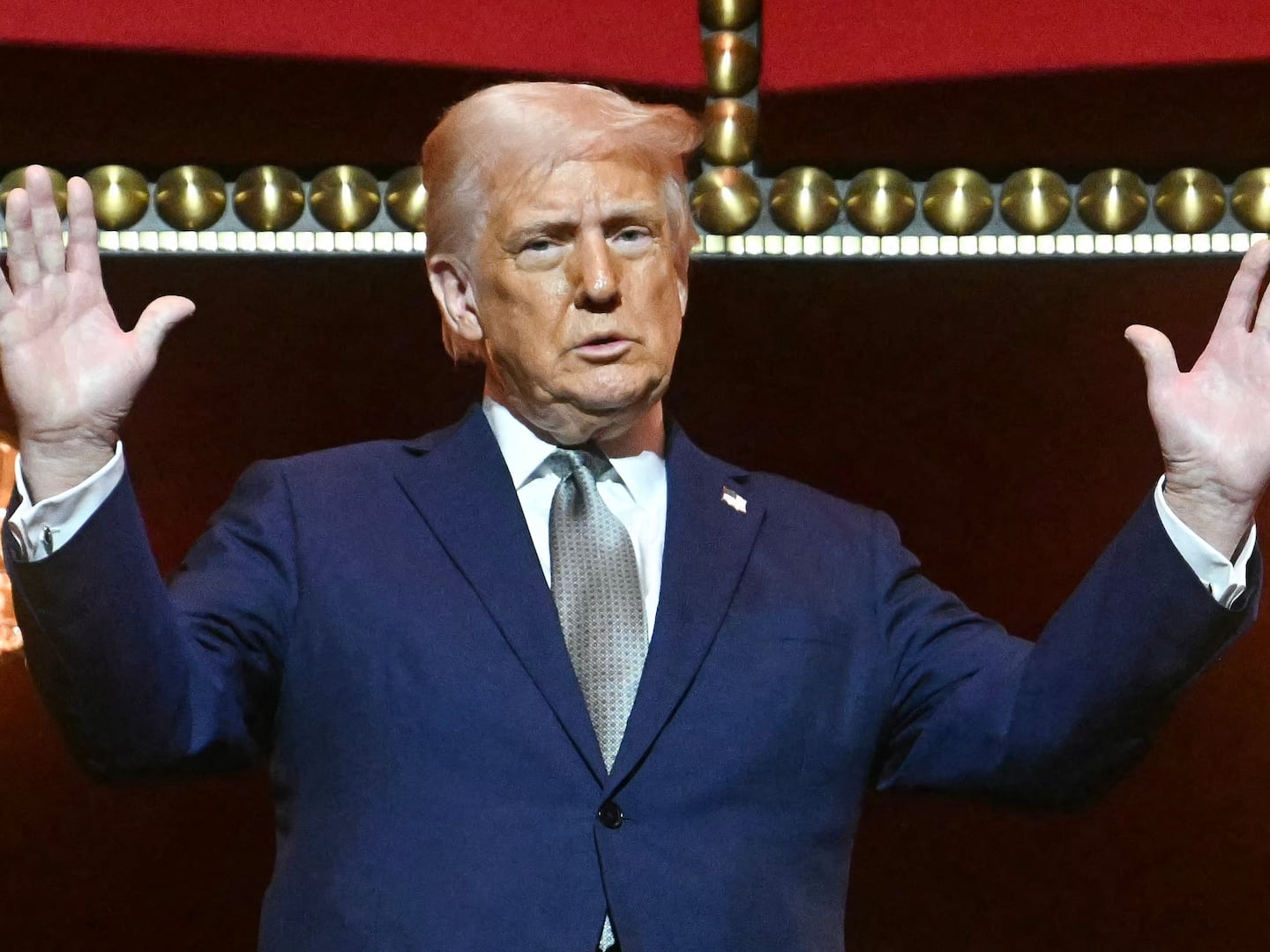LONDON—A six-foot scroll preserved since the 16th century is stretched out on a table offering instructions for the creation of a “philosopher’s stone.”
These sorcerer’s stones—which alchemists claimed would turn base metals into gold and grant their holders immortality—were the inspiration for the first Harry Potter book which was published exactly 20 years ago.
Harry Potter: A History of Magic, a new exhibition at the British Library, reveals the extent to which J.K. Rowling relied on the real history of magic and alchemy to create her wizarding world.
At the bottom of the scroll, the philosopher’s stone is represented by interconnected red and white orbs. Both of which are celebrated at Hogwarts: Albus (Latin for white) Dumbledore and Rubeus (Latin for red) Hagrid.
That these two pillars of Harry’s world are named in honor of the ancient traditions of alchemy reveals the surprising lengths taken by Rowling to weave real history into the stories—adding a genuine depth that may have helped the books become such a runaway success.
It also makes a mockery of the decision by U.S. publisher Scholastic to rename the first book in the series which was published in Britain as Harry Potter and the Philosopher’s Stone in 1997. A year later, it appeared in American bookshops as Harry Potter and the Sorcerer’s Stone.

A gallery technician poses for photographers during a press Preview of the 'Harry Potter: A History of Magic' exhibition at The British Library on October 18, 2017 in London, England.
John Phillips/GettyThe legend of the philosopher’s stone was far from the only historic inspiration for Rowling. She used ancient texts to help create the mysterious ingredients of the potions and spells taught at the Hogwarts School of Witchcraft and Wizardry.
“She has told us that she owns her own personal copy of Culpeper's Herbal—that’s a 17th century book relating to the cultivation of plants and she used that to give her inspiration—for the herbology as well as the naming of characters,” lead curator Julian Harrison told The Daily Beast.
Harry Potter fans will delight in the centuries-old works that shaped the fictional world. An early edition of Culpeper’s Herbal—which was first published in 1652—is on display, open at its beguiling title page which promises “Upwards of one hundred… herbs, with a display of their medicinal and occult properties, physically applied to the cure of all disorders incident to mankind.”
Rowling used a worn, second-hand copy when she was writing the series, and was later gifted “a beautiful version” by Bloomsbury, the relatively small British publisher that was transformed into a global powerhouse by the success of the Harry Potter series.
Rowling’s original synopsis—that was rejected by most of the British publishing industry before Bloomsbury took a chance on her—is one of the original Harry Potter documents the author has lent to the exhibition.

Artefacts and memorabilia are displayed during a preview of 'Harry Potter: A History of Magic' exhibition at the British Library, in central London on October 18, 2017, marking the twentieth anniversary of the publication of Harry Potter and the Philosopher's Stone.
Niklas Halle'n/AFP/GettyNiklas Halle'n/AFP/GettyMore intriguing are Rowling’s handwritten notes and ink drawings some of which show her grappling with the geography of the scenes she is describing in the books.
A rudimentary map of the Hogwarts’ grounds is heavily annotated and shows the school, the Whomping Willow, the Forbidden Forest, and the Quidditch stadium—where she has jotted: “Seats all around Quidditch pitch—3 long poles with hoops on at either end.”
The rest of the exhibition is packed with artefacts including ornate staffs, broomsticks and “dragon bones” used by people who have claimed to be blessed with magical powers over the centuries.

A visitor looks at a crystal ball giving a visual representation of divination for visitors during a press preview for the Harry Potter: A History of Magic exhibition at the British Library in London.
Victoria Jones/PA Images via GettySome of the objects, such as a large cast iron cauldron, have labels written by Rowling that once again show her academic interest in the real history of her subject as opposed to the fictionalized accounts.
“Cauldrons have had a magical association for centuries. They appear in hundreds of years’ worth of pictures of witches,” Rowling writes. “Many folk and fairy tales make mention of cauldrons with special powers, but in the Harry Potter books they are a fairly mundane tool.”
The British Library has already sold 30,000 tickets for the exhibition which runs until February, before transferring to the New York Historical Society in October 2018. It is almost certain to be the most popular show ever staged at the world’s largest library.
The show may lack the thrill of the overwhelming “Wizarding World of Harry Potter” at Universal Studios in Orlando, but ambling through the rooms of the historic books used by Rowling–as well as her sketches and the early drafts—you begin to feel that you can see the alchemy that forged the most successful book series of all time.
Harry Potter: A History Of Magic is at the British Library, London, until Feb. 28, 2018.






